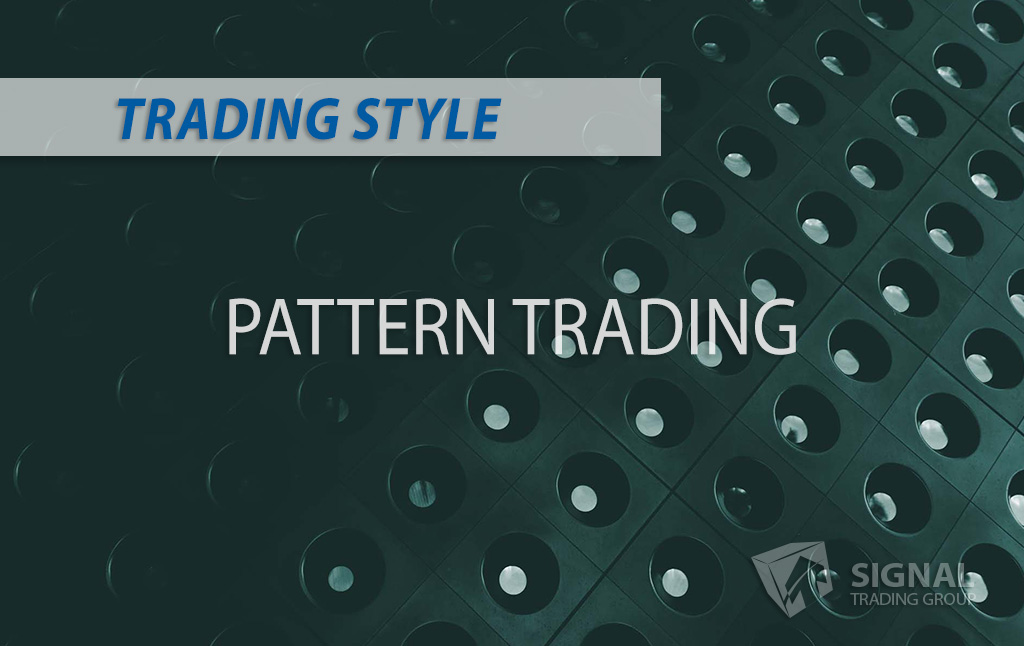An Introduction to Harmonic Trading Patterns
Traders employ myriad strategies and techniques. Harmonic Trading Patterns are one such approach that continues to stand the test of time. In this blog post, we’ll explore the history, key principles, major patterns, and practical tips of this intriguing approach to trading. We’ll provide examples and information to help traders of all levels understand and apply harmonic patterns to their strategies. So let’s dive right in!
History and Origin of Harmonic Trading Patterns
H.M. Gartley introduced Harmonic Trading Patterns in his 1935 book, “Profits in the Stock Market.” Referred to as the “Gartley 222” pattern – named after the page number it appears on – this laid the groundwork for future harmonic patterns. Later, traders and analysts like Scott Carney and Larry Pesavento expanded upon Gartley’s original idea, using Fibonacci ratios and geometry to refine trading strategies further.
Key Principles of Harmonic Trading Patterns
At its core, harmonic trading is founded on the idea of repeating and recurring patterns in the market. By identifying these patterns through technical analysis, traders can attempt to predict future price trends. A few key principles guide the approach to harmonic trading:
- Fibonacci Ratios: Harmonic patterns are underpinned using Fibonacci ratios, a numerical sequence derived from 13th-century mathematician Leonardo Fibonacci. These ratios can indicate potential areas of support and resistance and help traders identify entry and exit points.
- Geometry: The geometric patterns formed in the market drive the development of harmonic trading patterns. These patterns take on recognizable shapes, such as butterflies, bats, and crabs.
- Confluence: Harmonic trading relies on the idea that multiple factors can converge to create a strong price reversal. This can include support and resistance zones, trendlines, and Fibonacci levels.
Major Harmonic Trading Patterns
There are several main harmonic patterns that traders should familiarize themselves with. Here’s a brief overview:
- Gartley Pattern: The basis for all other patterns, the Gartley pattern consists of an initial impulse leg followed by three consecutive corrective legs. The key Fibonacci ratios in this pattern are 0.618 and 0.786.
- Butterfly Pattern: Characterized by its “wings,” the Butterfly pattern involves a significant reversal of the trend and is identified by two retracements and extensions. The critical Fibonacci ratios are 0.786 and 1.27.
- Bat Pattern: Similar to the Gartley pattern, the Bat pattern is identified by its distinctive shape and tighter Fibonacci retracements. Key ratios include 0.886 and 2.0.
- Crab Pattern: Known for its wide-range potential, the Crab pattern also features two retracements and two extensions. Essential Fibonacci ratios are 1.618 and 2.24.
Practical Tips for Traders
When applying harmonic patterns to your trading strategy, consider the following tips:
- Identify: Watch for developing patterns in the market and watch for patterns approaching completion.
- Fibonacci: Utilize Fibonacci ratios to guide your decision-making and identify potential reversal zones.
- Risk Management: Understand that harmonic patterns, like other trading strategies, could be more foolproof. Implement sound risk management practices and use stop losses to protect your capital.
- Confluence: Look for confluence factors that can support a potential trade. This can include trendlines, support and resistance zones, or chart patterns.
- Divergence: Pay attention to divergences between price and indicator readings. These can be powerful clues that the harmonic pattern may not materialize as expected.
Ultimately, Harmonic Trading Patterns can be a powerful tool for traders to gain an edge in the markets. As with any strategy, it’s important to understand how these patterns form and the principles that guide their development. Familiarity with key Fibonacci ratios and geometry can help traders identify potential reversals in the market, enabling them to capitalize on profitable opportunities. Harmonic trading can become a valuable asset in any trader’s arsenal with practice and patience.
For those interested, we alert our clients when each pattern above generates new signal. Use the menu above … go to Signals >>> Fibonacci Patterns. Alerts will be posted for 20+ markets based on daily, weekly, and monthly bars.





